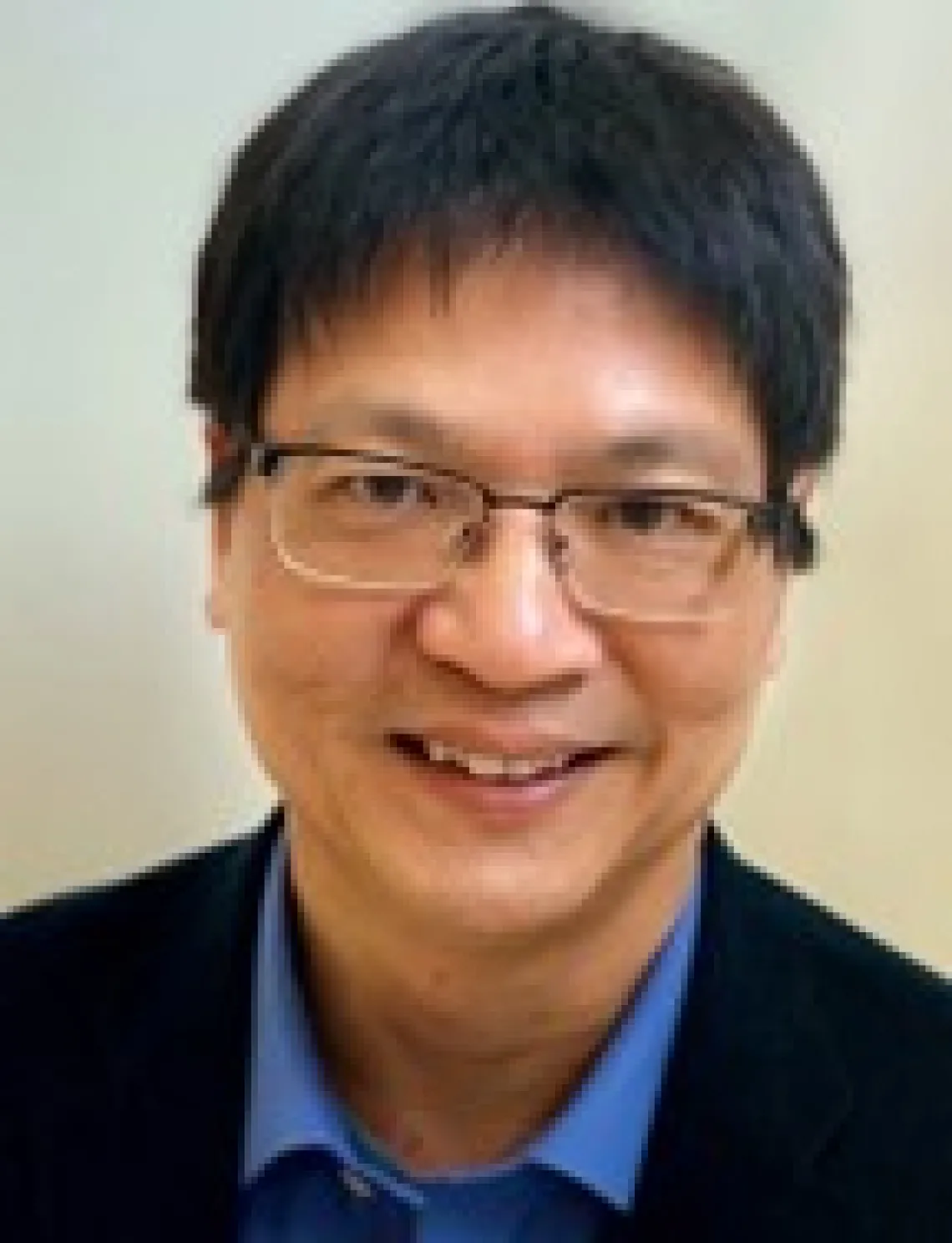
When
Where
Abstract: Alzheimer’s disease (AD) is the most common type of senile dementia characterized by progressive and irreversible loss of memory. There are two pathological hallmarks in AD brain, amyloid plaque and neurofibrillary tangle (NFT). NFT is composed of tau fibrils and the extent of NFT is correlated to the severity of dementia. Tau pathology can spread in a prion-like manner from neuron to neuron, mediated by a crucial interaction between tau and cell surface heparan sulfate proteoglycan (HSPG). Using a variety of techniques, we show that this interaction depends on a key modification on heparan sulfate, 3-O-sulfation. Interestingly, we found that 3-O-sulfation is also recognized by ApoE, another protein with an important role in AD pathogenesis. In addition, we have developed an AlphaScreen assay to target tau-glycan interface and have discovered a lead compound with micromolar efficacy.
Bio-Sketch: Chunyu Wang, professor of Biological Sciences, and Chemistry and Chemical Biology at RPI, is an expert in NMR (nuclear magnetic resonance) structural biology and in structural mechanisms of Alzheimer’s disease and cancer. He obtained his MD in 1996 from Peking Union Medical College (PUMC). He was then trained in structural biology at Cornell University under the guidance of Linda Nicholson, earning a PhD in Molecular Biology and Genetics in 2000. He carried out postdoctoral work at Columbia University in Art Palmer’s group. After establishing his own research group at RPI in 2005, he developed a strong research program in structural mechanisms and drug discovery in Alzheimer’s disease and cancer, including Hedgehog signaling and p53.






